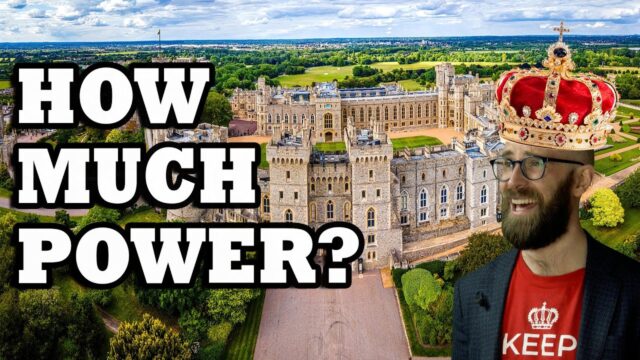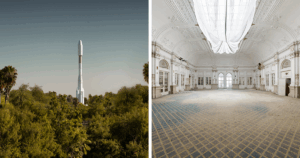“Unraveling the Myths: The Surprising Reality of Medieval Monarchical Power Revealed!”
In the second case, we might go one step forward and posit that the Muslim expansion created the system which curtailed the absolute power of European rulers.
In the 11th century, the Italian Maritime Republics – Pisa, Amalfi, Genoa and Venice – resumed trade with the Islamic polities in the Mediterranean. According to the Indonesian scholars, the reawakening of commerce diversified the European economy, initiating the gradual and slow decline of the feudal system. Italian-driven trade also propelled the banking sector, of which Florence was one of the early major centres.
With a diversified economy, declining feudal system, and easy access to cash loans from banks, eventually European monarchs were less reliant on the consensus of barons, and were able to centralise their government apparatus – and their powers.
But we are venturing into the late- and post-Medieval eras, so we’ll stop there.
But at this point, we have mentioned the Islamic world, so we’ll take the cue to evaluate the amount of power wielded by rulers in those regions, focusing on the Abbasid Caliphate.
In the Muslim world, a Caliphate is roughly equivalent to an Empire in European terms. The first Islamic Caliphate was the Umayyad one, which propelled the early Islamic expansion in the Mediterranean from the year 661 to 750. After its collapse, the Umayyad empire was replaced by the Abbasid Caliphate. The latter, too, fractured in 861, but was consolidated again in 1118, centred around Baghdad. This Abbasid revival lasted until 1258, and its most successful ruler was Caliph Abū al-Abbās Aḥmad ibn al-Hasan al-Mustaḍi.










